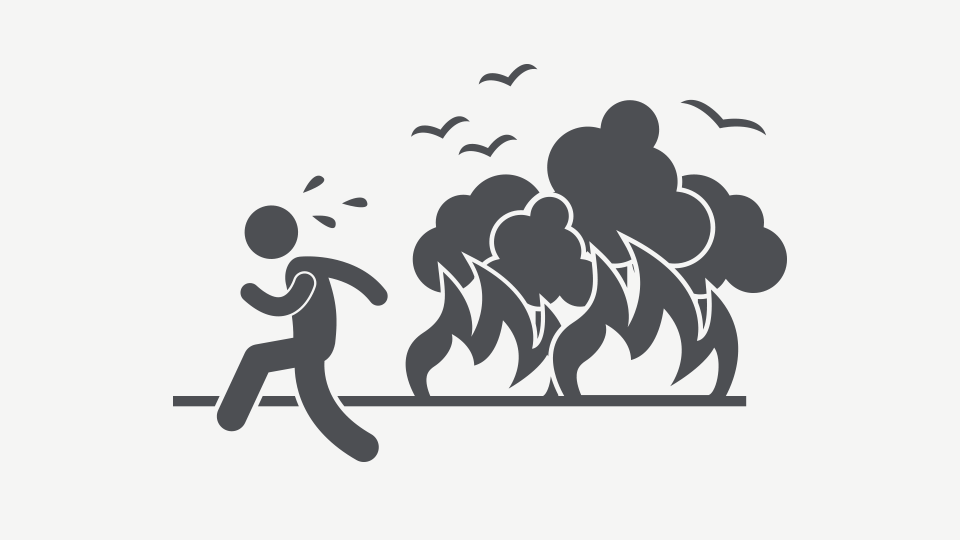Prepare for Fire
- Note the location of alarms and extinguishers.
- Clear obstructed corridors, aisles and room exits.
- If a door is permanently blocked, label it as no access.
- Use only grounded electrical outlets.
- Do not use an extension cord for permanent use.
- Do not use mechanical rooms, or utility rooms, or stairwells for storage or block the entrance to these rooms.
- Know the location of the emergency exits and stairwells and have a strategy for evacuating.
- In laboratories, teach students about fire safety first thing.
- Practice. During a fire drill, immediately evacuate the building you are in.
- Report strange smells which could be smoke or electrical overload.
- Practice and familiarize yourself with all escape routes.

